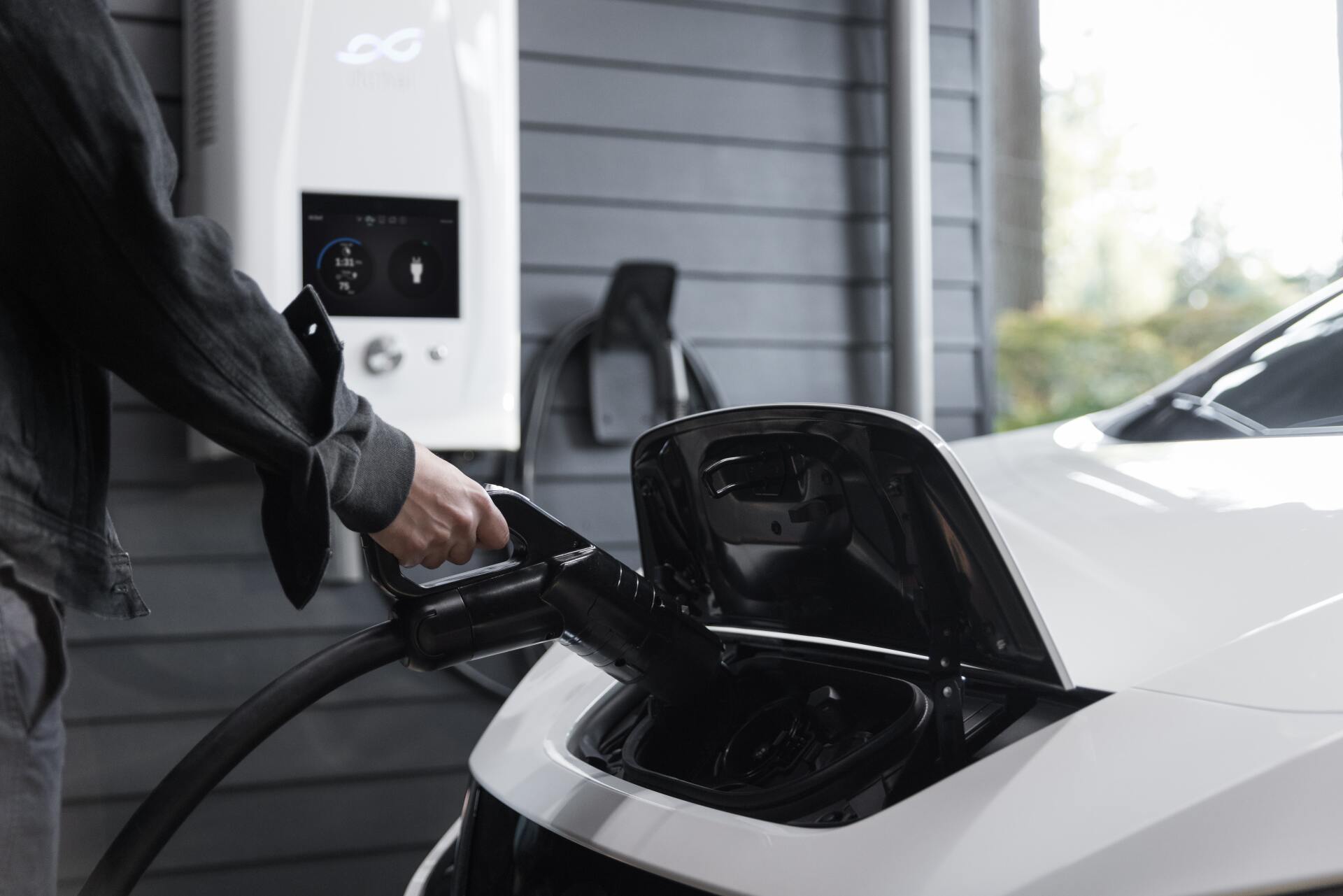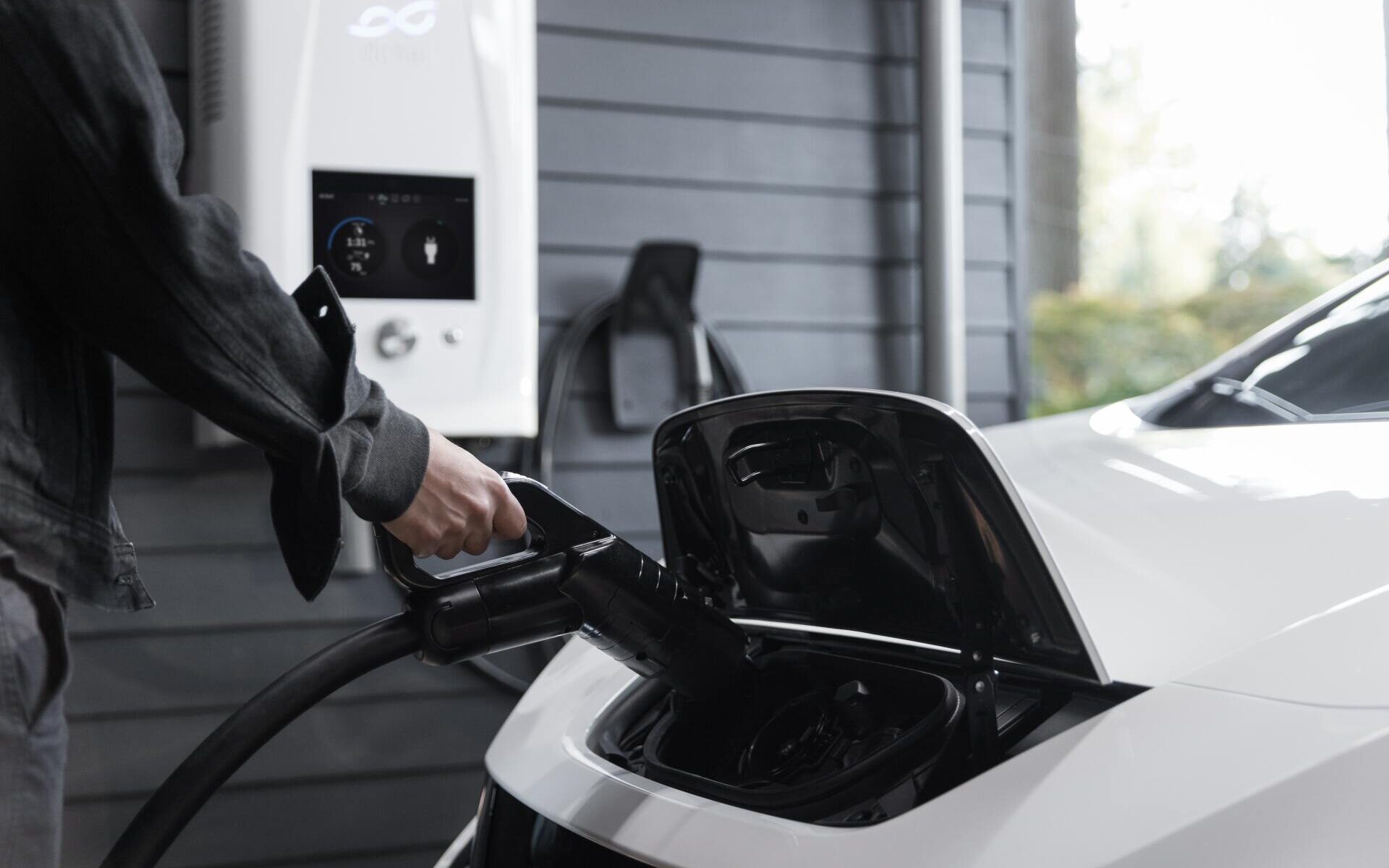EcoPerspectives Blog
The Successor to Lithium-Ion: More Abundant, Sustainable, and Functional Energy Storage for Vehicle Electrification. Cans Can.
By Matthew Bakerpoole, Staff Editor for the Vermont Journal of Environmental Law
March 23, 2022

The electrification of vehicles represents a substantial economic and environmental opportunity. The electrification transition should power electric vehicles (EV) with recycled cans to have the most impact. Environmental and electrification advocates should push for both better and best solutions to the problem of transportation emissions. To that end, advocates should resist the sunk cost fallacy and support the widescale development of aluminum ion batteries (Al-ion) as they may now represent the best energy storage solution for EVs .
The transportation sector is the largest source of greenhouse emissions in the U.S., representing 29 percent of total emissions . Road vehicles represent 82% (58% from light-duty and 24% from medium and heavy-duty) of transportation emissions or 23% of all U.S. emissions . Accordingly, the electrification of vehicles presents an opportunity to dramatically cut emissions to achieve emissions reduction goals by 2050. The transportation sector must mass-produce high energy density, low cost per mile, and low emissions per unit of energy storage solutions to maximize this opportunity. With that requirement in mind, the industry and regulators should consider all viable storage technologies and not stubbornly fall into the sunk cost trap .
One technology that has recently been presented as a better solution than the industry’s current pick, lithium-ion batteries (Li-ion), is aluminum-ion batteries . Al-ions provide a higher energy density, dramatically faster charging, more charge cycles, lower input cost volatility, and near-infinite recyclability, all while resulting in lower net emissions and cost .
While Li-ions have received significant capital investment and made a transition to renewable energy generation and EVs possible, the technology has several drawbacks. Lithium is toxic in high concentrations and reacts violently when exposed to oxygen, occasionally resulting in vehicle fires after collisions . The scarce elemental components of Li-ions, nickel, and cobalt are subject to price volatility due to competing global demand . In the last ten years, lithium and cobalt prices have been subject to dramatic fluctuations, increasing in price by as much as 326% and 233%, respectively . Both supplying and disposing of the elements required by Li-ions presents significant environmental risks. They are sourced in countries with lax enforcement of environmental and labor protection measures and are difficult to recycle . The estimated lifecycle carbon dioxide (CO2) to energy storage (kilowatt-hour, kWh) ratio of Li-ions is 73 kg CO2 / kWh. Li-ions have a life cycle of around 1000 recharges from a 20% discharge . They also take significantly longer to refuel’ than internal combustion engine vehicles (ICEV). Currently, the fastest EV charge time is 15 minutes . Each of these drawbacks is likely to delay EV adoption as both the free market and political forces resist the transition based on the argument that EVs are an inferior product to ICEVs.
Electrification needs to defeat as many opposition arguments as possible to ensure electrification meets 2050 emissions reductions. Nascent Al-ion technology currently represents the most viable solution.
As the elemental components of Al-ions, aluminum (sourced from bauxite) and carbon (graphene, sourced from graphite), are both non-toxic and among the most common on the planet, Al-ions pose a less environmentally and economically risky solution than Li-ions . Aluminum does not suffer from the same chemical reactivity as lithium and does not combust when exposed to oxygen . Unlike lithium and cobalt-primarily mined in Chile and the Democratic Republic of Congo-aluminum and carbon are available domestically or from diverse international sources . The abundance of Al-ion components contributes to a lower cost per stored kWh . Not only are the components more common and more affordable than Li-ion’s, but Al-ions are nearly infinitely recyclable resulting in significant relative emissions reductions . Production of Al-ions represents an approximate 47% reduction in CO2 emissions per kWh when compared to Li-ions, lifecycle analysis of Al-ion storage has been estimated to produce “0.7 kg of CO2eq, while Li-ion batteries produce an estimated 1.3 kg of CO2eq .” Further opportunities to reduce the emissions associated with recycling Al-ions are found in the potential of powering aluminum recycling facilities with renewable sources like solar photovoltaics. Even if Al-ions displace Li-ions in EVs, market investment for Li-ions will not be wasted. Parallel markets in the stationary energy storage or secondary transportation markets still represent green pastures for existing Li-ion production .
In addition to the economic and environmental impacts, Al-ions offer better performance in key areas when compared to Li-ions. New Al-ions claim to achieve higher power density and don’t suffer from the same peak current and temperature limitations of Li-ions . Al-ions also degrade more slowly than Li-ions through lifetime charging cycles . Most importantly for undecided consumers, Al-ions charge 60 times faster than Li-ions, addressing the fear of stranding due to long charge times . Once comparable energy density is proven, EVs equipped with Al-ions will represent a significant product improvement for customers on the fence between EVs and ICEVs.
If there is one constant, it’s change. Technological change comes in waves and is occasionally delayed by past economic investments . Environmental and electrification advocates have a challenging task ahead of them in reaching 2050 emissions reductions goals. Advocates should not settle for solutions that are good enough for today. They need to keep their eyes on the technological horizon and push for the development and implementation of better solutions. Li-ions facilitated the initial development and deployment of large-scale renewable energy sources and initial electrification efforts. But technology keeps changing. Al-ions may now represent an even better economic, environmental, and consumer-based solution than Li-ion EVs and ICEVs. What could be more environmentally friendly than recycling your aluminum cans into an EV road trip?

